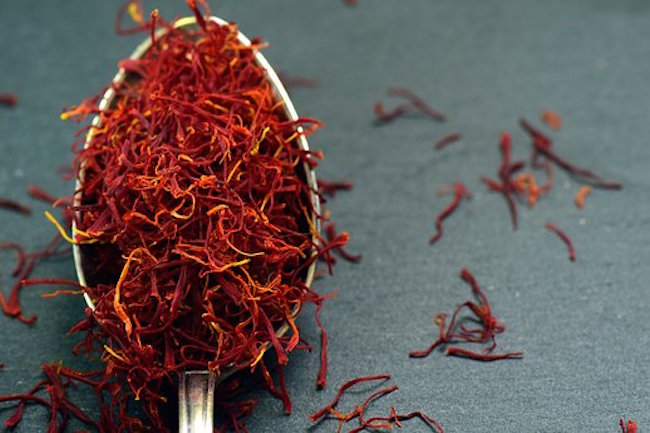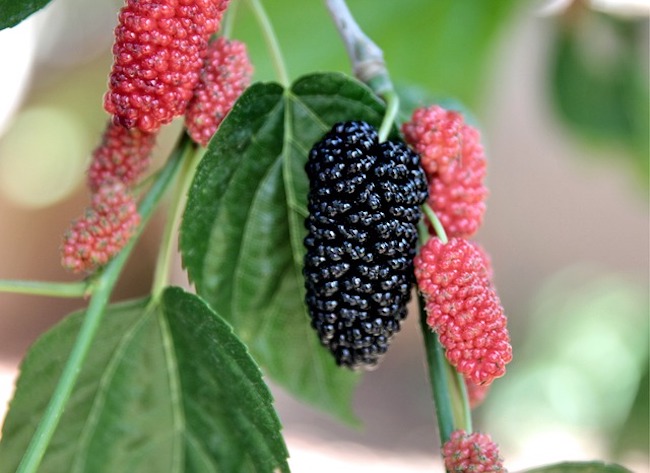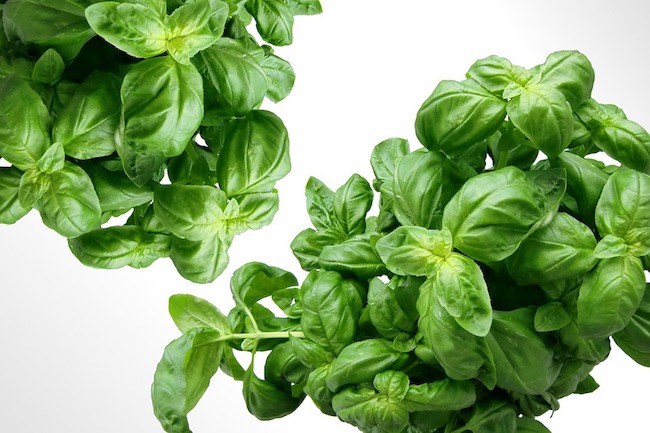Saffron: Ancient Healing Powers Confirmed By Science By: Sayer Ji, for Green Med Info
Clearly there is something magical about the Crocus sativus flower, from which the spice saffron is derived. If its striking beauty does not immediately cast a spell on its beholder, often it simply takes experiencing the spice to fall into full enchantment with it.
While saffron is exceptionally expensive, because it takes approximately 150 flowers to yield just 1,000 mg (0.035 oz) of dry saffron threads, and costs approximately $1,000 a pound, it does not take much to have an effect. Its uniqueness is also illustrated by the fact that it shuns mechanization, requiring of its would-be possessors painstaking harvesting by hand, as no doubt has been done for tens of thousands, if not hundreds of thousands of years. Because each Crocus sativus flower bears no more than four flowers, each with three vivid crimson stigmas from which the spice is derived, at most only 12 stigma are produced by each, which yields the equivalent of 30 mg (0.011 oz) of fresh saffron or 7 mg (0.00025 oz) dried.
Saffron has been documented to have been used as a versatile medicine since ancient times. In 2004 researchers studying 3,500 year old frescoes at Thera, a Greek island in the Aegean, found depictions of a goddess presiding over the manufacturer and use of a drug from the saffron flower. [i] Perhaps even more amazing is the fact that 50,000 year-old depictions of prehistoric places in northwest Iran contained saffron-based pigments, indicating the human relationship with saffron is as old as time itself.[ii]
A Minoan goddess supervising saffron use
Saffron’s chemistry expresses otherworldly complexity. It contains over 150 volatile and aroma-yielding compounds – a biochemical symphony that ensures its mystery will never fully be plumbed, at least insofar as it great medicinal power remains refractory to the reductionist gaze of modern pharmacology. What power might that be?
While mainstream coverage of saffron’s weight losspromoting properties (via appetite suppression) on the Dr. Oz show has caused quite a surge of renewed interest in this exotic spice, saffron has far more to offer than that. It may, in fact, hold promise for serious neurodegenerative conditions such as Alzheimer’s disease.
Saffron’s Evidence-Based Therapeutic Properties
A 22-week multicenter, randomized, double-blind controlled trial of saffron in the management of mild-to-moderate Alzheimer’s disease published in 2010, showed 15 mg twice a day was as effective as donepezil (Aricept) at 5 mg twice a day, with significantly less vomiting as a side effect. Another 16-week, randomized and placebo-controlled trial also published in 2010, showed that 15 mg of saffron twice per day was both safe and effective in mild to moderate Alzheimer’s disease. This study is all the more powerful when you consider that Aricept, while the standard of care for the management of Alzheimer’s symptoms, is actually a highly toxic chemical: Declaring Chemical Warfare On The Brain: Alzheimer’s Drugs Are Neurotoxicants.
The petals of the Crocus sativus plant have also been shown nearly equipotent to Prozac (fluoxetine) as a treatment for depression. According to a study published in the Progress in Neuropsychopharmacology and Biological Psychiatry in 2007, 15 mg of Crocus sativus petals were as effective as 10 mg of Prozac in treating mild to moderate depression, putting 25% of the participants into full remission. Another depression study published 2004 showed that saffron, at 30 mg a day, was as effective as the drug imipramine, at 100 mg a day, in the treatment of mild to moderate depression.
Other experimentally confirmed therapeutic applications of Saffron include:
Anxiety Disorders Asthenozoospermia (low sperm) Cardiac Hypertrophy Chemotherapy-Induced Liver Toxicity Colorectal Cancer Diabetic Neuropathy Dysmenorrhea (irregular menstrual cycles) Erectile Dysfunction Hypertension Inflammation Liver Cancer Middle Cerebral Artery Occlusion Multiple Sclerosis Opiate Addiction/Withdrawal Pancreatic Cancer Psoriasis Respiratory Disease Wound Healing
Saffron has been shown to modulate over 50 biological pathways, including but not limited to the following pharmacological actions:
Anti-anxiety Anti-inflammatory Anticarcinogenic Antidepressive Antimutagenic Antioxidant Antiproliferative Aphrodisiac Apoptotic Bronchodilator Calcium Channel Blocker Cardioprotective Chemopreventive Chremotherapeutic Cyclooxygenase inhibitor Excitatory Amino Acid Agonist Hypnotics and Sedatives Hypotensive Neuroprotective Prostaglandin Antagonists Tumor Necrosis Factor Alpha Inhibitor
A note of caution is due with saffron, as any plant with such a great many modes of action and high biological activity at exceedingly low quantities, should be used with caution. In very small amounts, an herb like saffron may nudge a system into balance, or in a direction that the user may experience as a positive shift — for example, as occurs when saffron is used in a dish as a spice, or consumed as a tea. However, in higher “pharmacological dosages,” especially when mixed with over-the-counter and prescribed drugs, there is a risk of doing serious harm. Therefore please be careful, and consult a medical herbalist and/or physician whenever possible before using larger than culinary doses of saffron.
References
[i] Honan, W. H. (2004), “Researchers Rewrite First Chapter for the History of Medicine”, The New York Times, 2 March 2004, retrieved 13 September 2011
[ii] Willard, P. (2002), Secrets of Saffron: The Vagabond Life of the World’s Most Seductive Spice, Beacon Press (published 11 April 2002), ISBN 978-0-8070-5009-5
Sayer Ji is founder of Greenmedinfo.com, a reviewer at the International Journal of Human Nutrition and Functional Medicine, Co-founder and CEO of Systome Biomed, Vice Chairman of the Board of the National Health Federation, Steering Committee Member of the Global Non-GMO Foundation.
Disclaimer: This article is not intended to provide medical advice, diagnosis or treatment. Views expressed here do not necessarily reflect those of GreenMedInfo or its staff.
Source: GreenMedInfo
This article is copyrighted by GreenMedInfo LLC, 2022
Visit our Re-post guidelines




